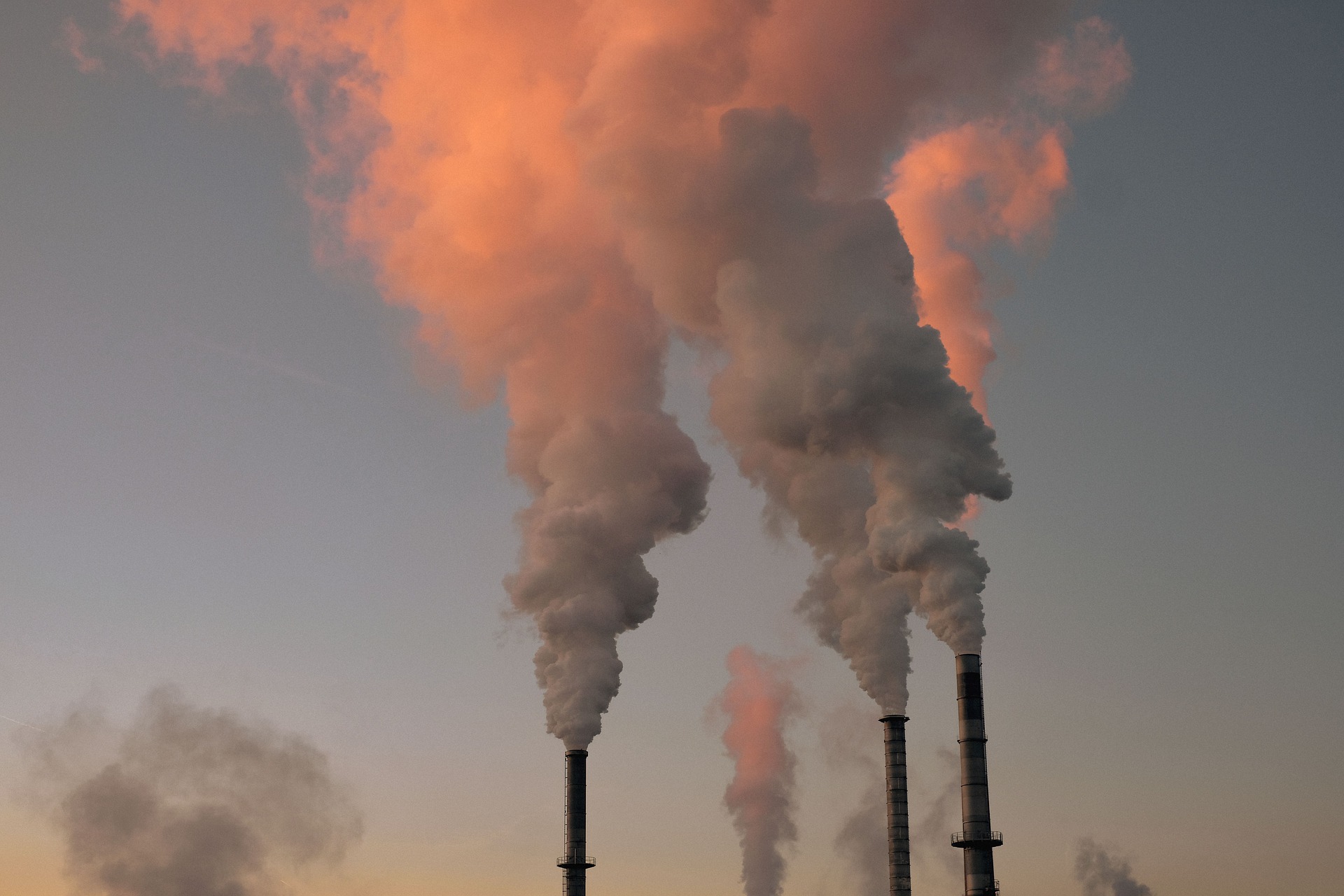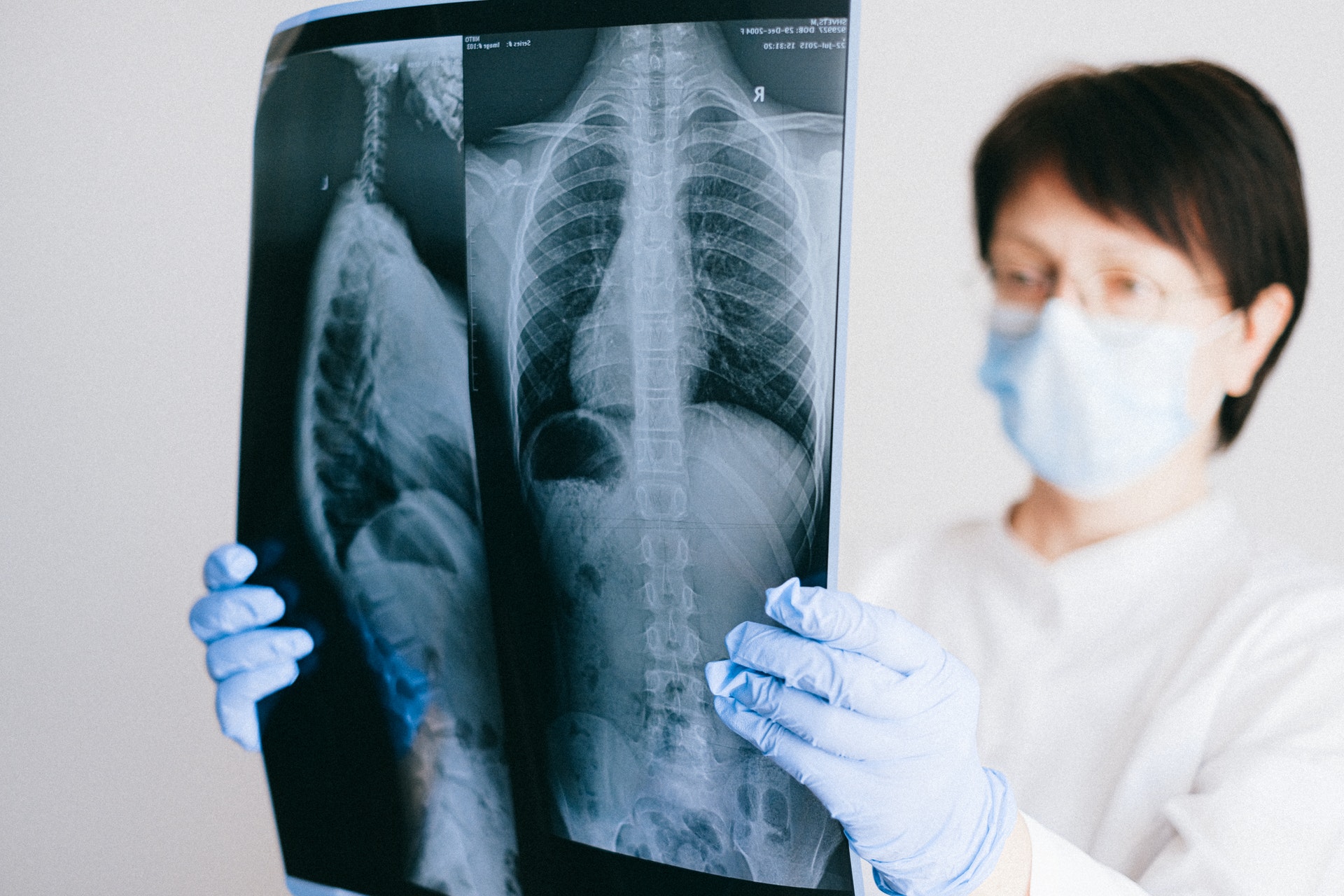What was the effect of air pollution on COVID-19 pandemic and vice versa? Have the COVID-19 induced lockdowns helped the air become cleaner? And, even more importantly, did the air pollution speed up the spread of the disease? Researchers across the globe got curious about this, and so did we.
First of all, it is important to know that air pollution has detrimental effect on health, contributing to respiratory and cardiovascular diseases and to the mortality rate. The main culprits for this effect of polluted air come from human activities such as burning fossil fuels and wood, industrial production, traffic, and agricultural activities. These hazardous particulates are also known as particulate matter (PM2.5, PM10), carbon monoxide (CO), nitrogen-oxides (NOx), and sulphur-oxides (SOx).
During lockdowns, the movement of people and economic activities that cause air pollution slowed down, giving researchers an opportunity to investigate the effect of those changes on air quality.
Multiple research has shown that lockdown led to a temporary reduction in the air pollution throughout the world. It caused a reduction in PM2.5 concentrations, dominantly originating from burning fossil fuels, by close to 30% across China, and by up to 54% in analysed cities in India. In EU cities, concentrations of a pollutant that are predominantly caused by transport (NO2) decreased, while concentrations of PM2.5 did not show significant changes.
Another research conducted worldwide dealt with the connection between the rate of spread of COVID-19 and the level of air pollution.
These studies confirmed the direct correlation: the worse the air pollution the higher was the incidence of COVID19 cases. For example, in China the virus spread increased by 5–7% in periods with high air pollution. In England an increase of COVID-19 mortality rate up to 1.4% was observed as levels of NO2 and PM2.5 increased. Similar results were found in Italy and in a number of other countries.
What About Serbia?
In Serbia, the first case of COVID-19 was registered on 6 March 2020. Soon afterwards the Government declared a state of emergency and introduced a number of measures to suppress the transmission of the virus. These included a curfew, complete ban on the movement of the population over 65, closing restaurants, cafes, shopping centres, markets, kindergartens, schools and universities, and reduced public transport. Many companies have partially or completely switched to working from home. All this led to a significant slowdown of many activities that contribute to air pollution.
In the “ordinary” circumstances around half of the Serbian citizens are breathing excessively polluted air. In 2019, 92% of the citizens in 6 largest cities in Serbia have been breathing the air of the worst category. The quality of air in Serbia is deteriorating due to the heating, transport, waste disposal and construction practices, including: coal power plants burning fossil fuels, energy-inefficient homes and polluting heating units in the households and industries, oil fuelled transport, agricultural practices including stubble-burning, burning waste landfills and intensive construction works. In parallel, local self-governments lack capacities to tackle the problem.
To find out whether the pandemic-related restrictions had a similar effect on the air quality in Serbia as they did in other places in the world, and to learn more about the link between main air pollutants and the number of COVID-19 cases in Serbia, UNDP in Serbia has partnered with the Vinča Institute of Nuclear Sciences.
Does higher air pollution mean more COVID-19 cases?
To find out the answer to this question, Vinča Institute of Nuclear Sciences conducted a research in Belgrade and Niš - two cities with the highest growth of COVID-19 cases in Serbia, during March and April 2020. Researchers used data on concentrations of main air pollutants from the Serbian Environmental Protection Agency (SEPA). They obtained the data about the daily numbers of new COVID-19 cases in both cities from the Public Health Institute of Serbia “Dr Milan Jovanovic Batut”.
When investigating a correlation between maximum daily air pollutants’ concentrations and increase in the daily number of COVID-19 cases researchers took into account a delay of 7 days, which is an estimated COVID-19 incubation period until symptoms manifest.
The results of the analysis confirmed that the short-term exposure, that is an acute exposure over short period of time (minutes, hours or days) to the main air pollutants, is correlated with the increase in the number of COVID-19 cases.
What influenced the rise in cases of COVID-19 the most, in both Belgrade and Niš, were particulate matter (PM) predominantly caused by burning fossil fuels and wood. The pollutants that also contributed to the rise in cases are CO and NO2, originating mostly from transport. Surprisingly, rising concentrations of SO2 coming from coal-based electricity production and industries showed the opposite trend.
As concluded in the Institute’s report, although further research is necessary to explain this correlation in more detail, this study could have significant implications for the control and prevention of COVID-19. Firstly, regions with high concentrations of particular matter, CO, and NO2 require special attention in combating the pandemic, since they may be faced with more serious increase in COVID-19 cases. This means that adopting and implementing policies for reducing air pollutants could also contribute to better control of COVID-19 infection spread.
Has the air pollution in Serbia changed during lockdown?
Researches from the Vinča Institute of Nuclear Sciences partnered with the colleagues from the Faculty of Technical Sciences from the University of Novi Sad to study the relation between change in population’s daily habits, traffic intensity, and economic activities on one side, and air pollution on the other. They measured and analysed fine particulate matter (PM2.5) at four locations in the wider area of the City of Novi Sad, during February and March 2020, to determine changes in their concentrations in different locations throughout the day. To analyse concentrations of other pollutants (PM10, NO2, SO2, CO, O3) in the region of Novi Sad, the research used available data collected at SEPA’s national, regional and local monitoring stations in the same period.
Their Study showed that:
Ø The concentration of a pollutant dominantly originating from transport (NOx), decreased during lockdown.
Ø The concentration of PM2.5 and PM10, originating mostly from domestic heating and electricity production didn’t change significantly.
Ø The concentarion of ground level ozone (O3), known for causing respiratory problems and created when other pollutants from burning fossil fuels get combined and exposed to sunlight, increased.
The results of this study showed that the COVID-19 lockdown’s effect on the air quality in Serbia was very similar to the one in other European cities where main decrease of pollutants was also related to traffic reduction, while PM emissions from fossil fuel burning did not change significantly.
What can we learn from Air Quality Research?
Both researches done by the Vinča Institute reconfirm that the methods used to assess how much our activities contribute to overall pollution require constant updating and improvement. For instance, when transport, traditionally blamed for the large portion of particulate matter emissions, was reduced during lockdown, this did not lead to significant reduction of PM concentrations.
This calls for more precise reevaluation of the significance of each source of pollution, which is crucial for proper selection of priority air protection measures. Only if based on evidence, the decision on which air protection measures to implement first and where to invest most effort and resources, can be cost-efficient and impactful in protecting our health. This would also optimise air protection measures in the long-run.
In addition, research indicates that citizens living in areas with polluted air could be especially prone to airborne diseases, giving us additional reason to urgently tackle air pollution. This is particularly important for a country like Serbia where half of the country’s population lives in places where annual concentrations of PM2.5 are up to 3.5 times above the threshold set by the World Health Organization (WHO).
To improve the air quality in Serbia, we need to address high dependence on fossil fuels in electricity production and industry, as well as widespread use of polluting appliances and fuels in households. When it comes to the latter, we must not forget that assisting the low-income households to make the transition to cleaner practices - is key for a just change.
Abandoning fossil fuels requires bigger and faster clean energy investments in renewables such as wind, solar and geothermal energy. Further investments in energy efficient power generation, transfer and storage, energy efficient buildings and low-carbon transport are also necessary.
If we want clean air in the long run, we must stop degrading the nature and start restoring forests and wetlands, greening the cities, reducing waste, and growing food sustainably.
To tackle environmental challenges, we must also encourage innovation. UNDP has recently called on innovators in Serbia to come up with ideas for curbing air pollution and selected 14 most innovative solutions. To help the realization of the best solutions for cleaner air, we invited development partners and local governments to join our initiative and help implement these solutions in practice.
COVID-19 pandemic has brought about changes in the way we live, but also in the way we prioritise health. The ‘air pollution - rate of infection’ relation that was established is a powerful reminder that air quality needs to be improved and protected.
Air quality will be a “litmus test” of whether we are on a track of green recovery, or the recovery took a different shade from what we planned. Needless to mention that other shades we can’t afford.

 Locations
Locations

